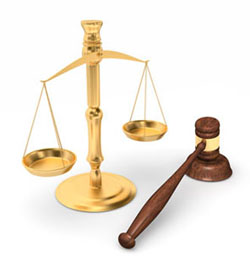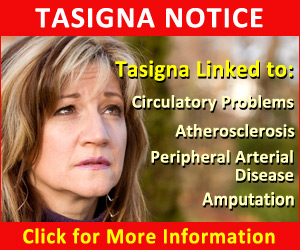Johnson & Johnson Asbestos Memos Say The Company Was Aware They Had An Asbestos Problem

Johnson & Johnson knew in the early 1970s that they had an asbestos problem and lied to the FDA about talc/asbestos testing results
Tuesday, May 18, 2021 - For nearly 100 years, Johnson & Johnson has marketed talc in their baby powder as nearly the safest mineral in the world. Talc, the company said, was so safe that it could be applied at will to all parts of a baby after a diaper change or a bath. Instead of being safe, what consumers now know is that talc contains asbestos, a known deadly cancer-causing agent, that Johnson & Johnson decision-makers have always known about it and that they have actively covered it up. Internal company memos unsealed at baby powder cancer trials from the past few years tell of conversations among J&J executives about the best way to deal with their asbestos problem when their marketing campaigns were telling mothers the product was safe and pure and that they could trust it on their babies. In the early 1970s, most people were unaware of the health risks posed by inhaling asbestos. Today, more than 30,000 people, mostly women with ovarian cancer, have come forward to file lawsuits alleging that asbestos-laced talc in Johnson‘s Baby Powder caused their disease. Johnson‘s Baby Powder lawyers are interviewing prospective baby powder cancer plaintiffs and offer free, no-cost or obligation initial consultations. Johnson & Johnson attorneys still claim that Johnson‘s Baby Powder is asbestos-free. Visit talcum powder cancer lawsuit to learn more.
In an investigative report titled "Johnson & Johnson knew for decades that asbestos lurked in its baby powder," Reuters quotes an official at the FDA who thought that the testing methods that were being proposed by J&J were too strict and found asbestos too often. "J&J pressed the FDA to approve an X-ray scanning technique that a company scientist said in an April 1973 memo allowed for an automatic 1% tolerance for asbestos. That would mean talc with up to 10 times the FDA‘s proposed limit for asbestos in drugs could pass muster. No mother was going to powder her baby with 1% of a known carcinogen regardless of the large safety factor," the FDA official commented. Johnson & Johnson is also accused of misrepresentation by omission. When the company failed to get the FDA to adopt the x-ray testing method, they turned to try to convince the government that the cosmetics industry could be trusted to be self-regulating. J&J sent letters to the FDA telling them that they had succeeded in cleaning asbestos from talc and that their tests had not found asbestos. The company left out, however, other tests by accredited scientists that had found asbestos in talc. Reuters reports, "J&J didn‘t tell the FDA about a 1974 test by a professor at Dartmouth College in New Hampshire that turned up asbestos in talc from J&J - fiber form actinolite, as he put it. Nor did the company tell the FDA about a 1975 report from its longtime lab that found particles identified as asbestos fibers in five of 17 samples of talc from the chief source mine for Baby Powder. Some of them seem rather high, the private lab wrote in its cover letter."
